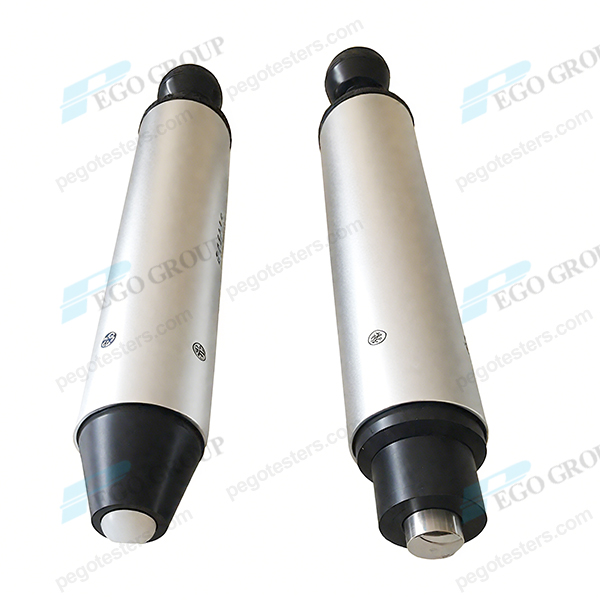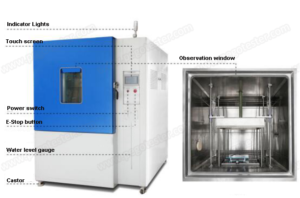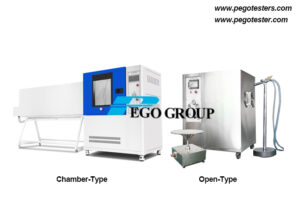In mechanical impact testing, the spring operated impact hammer is a core device. It evaluates products’ resistance to accidental impacts with unique energy storage and controllable impact performance. Unlike steel ball drop test or pendulum impact test (which rely on gravitational potential energy), it releases spring elastic potential energy precisely. It simulates non-repetitive impacts in daily or industrial scenarios. It plays an irreplaceable role in safety certification of electrical equipment, children’s toys, and medical devices.
1. Working Principleof Spring Hammer: Controllable Release of Elastic Potential Energy
The core mechanism of the spring impact hammer uses a compressed spring. It stores energy, releases it instantly via a trigger, and drives the hammerhead. The hammerhead hits the test piece with set force. Its workflow has three stages:
- Energy storage stage: A manual or electric device compresses the spring to a specified deformation position. The spring’s stored elastic potential energy follows Hooke’s Law.
- Positioning stage: Align the hammerhead with the test point on the test piece. Ensure the impact direction is perpendicular to the stress surface.
- Release stage: Trigger the locking device. The spring pushes the hammerhead to complete a single impact, then resets.
No additional power input is needed during the whole process. This avoids energy deviation caused by height errors in gravity-based impact devices. This design greatly improves the stability of impact energy. For the same type of spring impact hammer, energy fluctuation in repeated tests is within ±5%. This is much better than the ±10% of vertical hammer devices. It is especially suitable for safety tests requiring high precision.
2. Core Technical Parametersof Spring Hammer: Standardized Impact Indicators
The parameter design of the spring hammer test apparatus strictly follows IEC 60068-2-75 international standard. Core indicators include:
- Impact energy levels: 8 grades for different testing needs. They are 0.14J(IK01), 0.2J(IK02), 0.35J (IK03), 0.5J (IK04), 0.7J (IK05), 1J (IK06), 2J (IK07), 5J (IK08). 0.14J is for small electronic components; 5J is for industrial equipment enclosure testing.
- Hammerhead specification: Hemispherical or cylindrical head with10mm or 25mm diameter. Material is steel or polyamide.
- Impact speed: Varies between 1.0-2.5m/s with different energy levels. It is close to the actual speed of accidental impacts by hands or objects.
The standardization of these parameters ensures consistent test results across laboratories. For example, testing the enclosure of household sockets: labs worldwide use 0.5J spring impact hammers. This makes product certification results mutually recognized.
3. Application Fieldsof spring hammer: Guardian of Safety Boundaries
In electrical safety, the spring impact hammer verifies enclosure protection:
The plastic back cover of a TV must withstand 0.7J impact (IK05). It must not expose conductive parts.
The microwave control panel must pass 1J impact test (IK06). It ensures normal button function.
In children’s toy testing, 0.35J impact (IK03) simulates the force of a dropped toy. It prevents plastic parts from breaking into sharp edges.
In medical devices, 0.2J impact test (IK02) on infusion pump enclosures verifies accuracy. It ensures the pump maintains drug delivery precision after accidental collisions.
Notably, the spring impact hammer focuses on “weak point testing”. For example, testing a desk lamp: cover vulnerable parts like lampshade edges, switches, and power cord interfaces. Repeat impact 3 times at each test point. Check if the test piece has functional failures (e.g., electric leakage, structural breakage). This determines if it meets safety standards.




